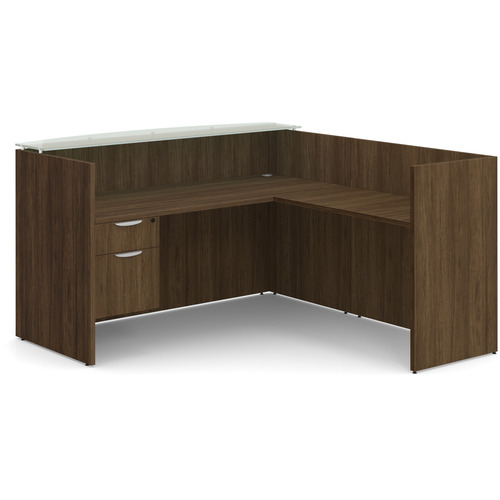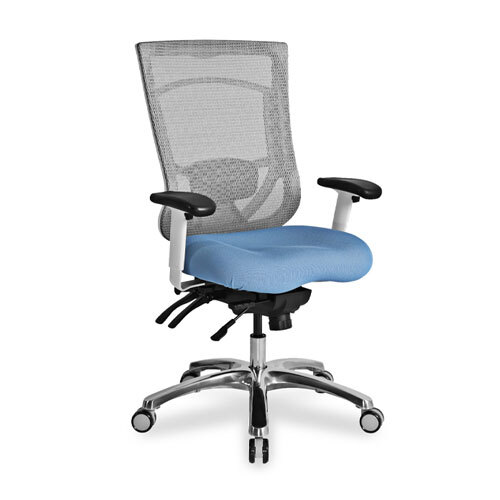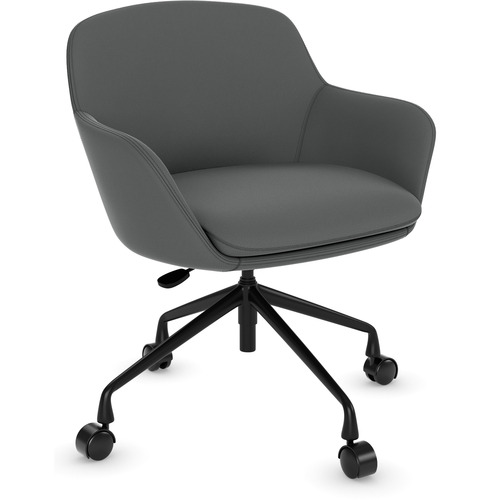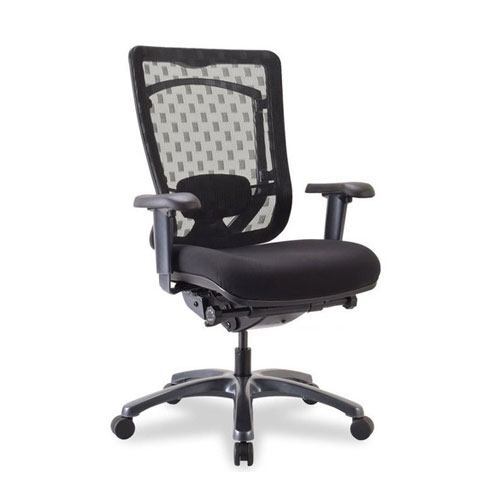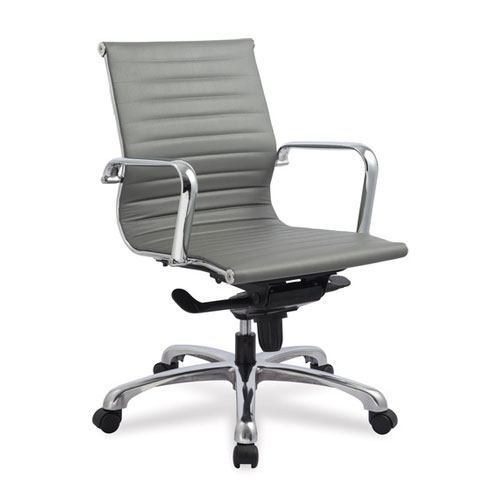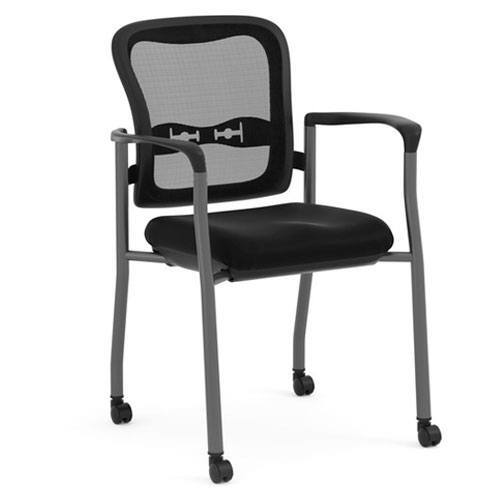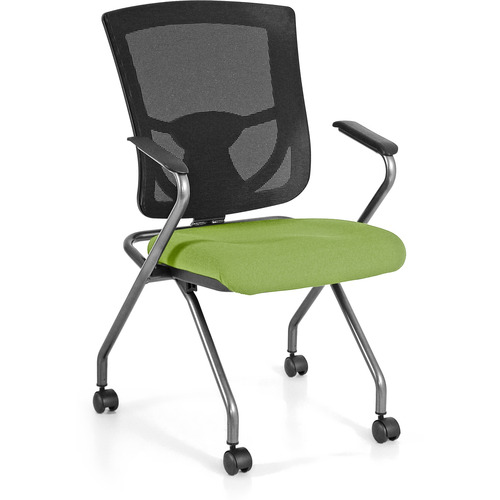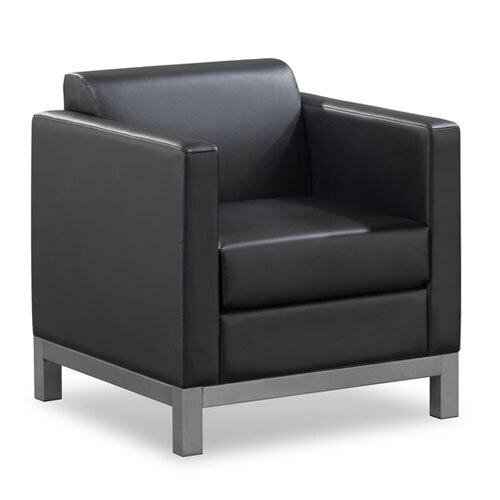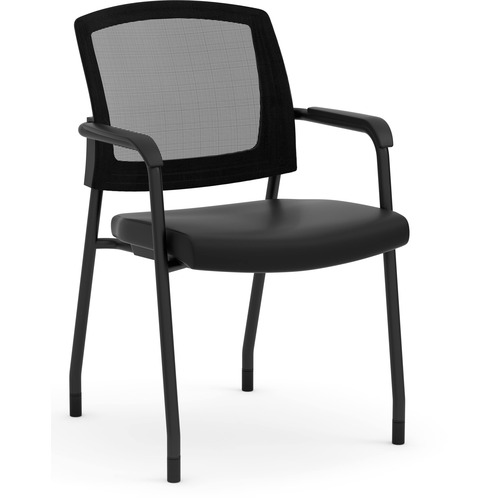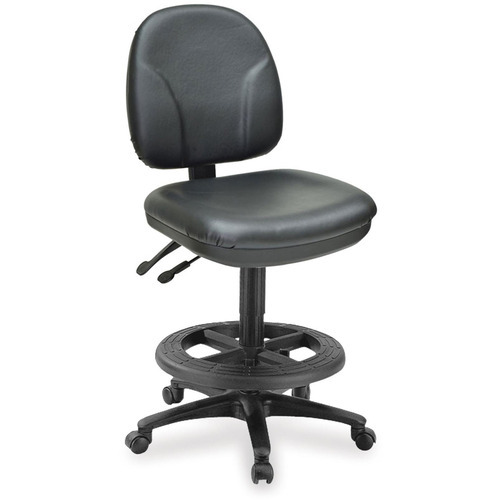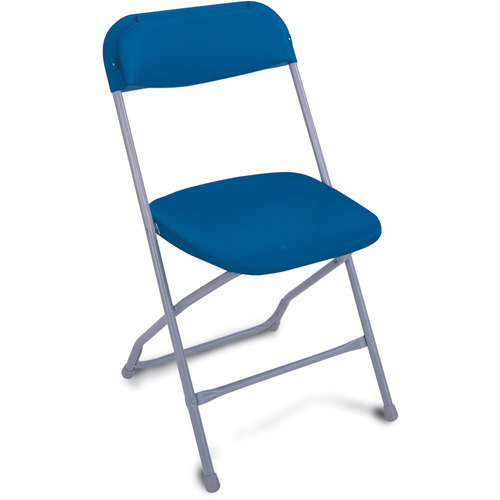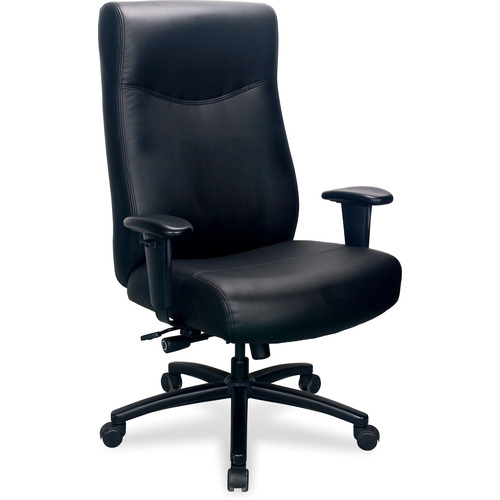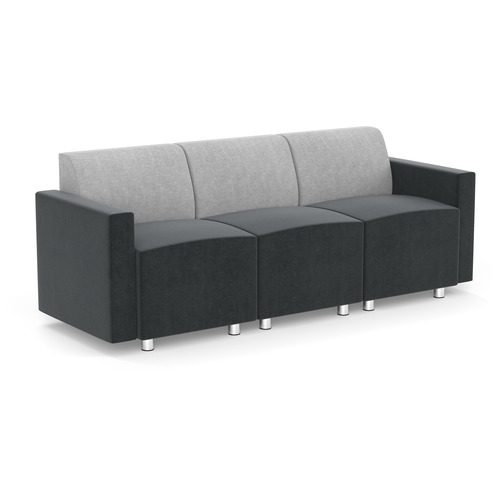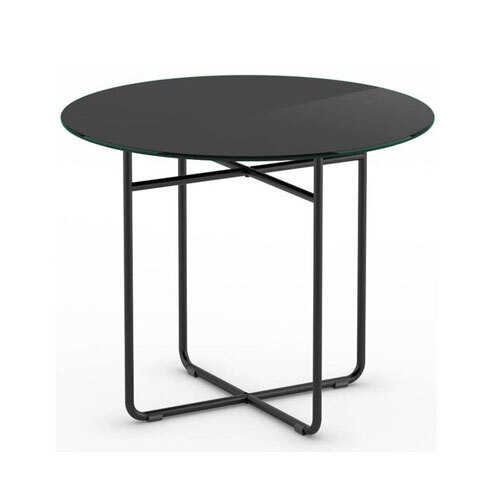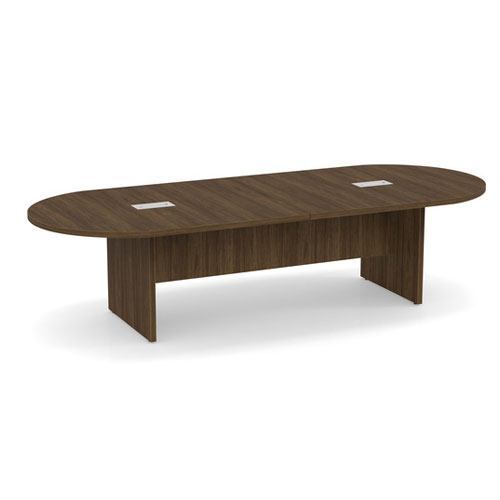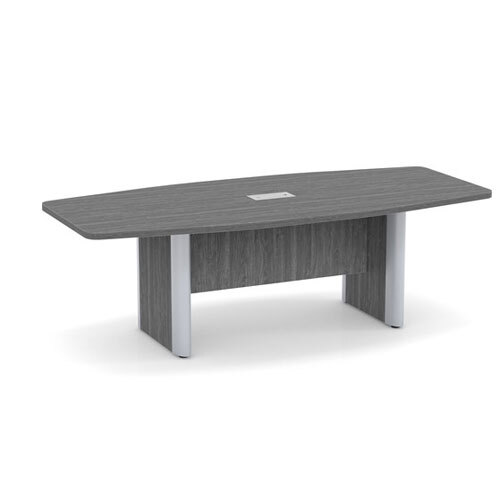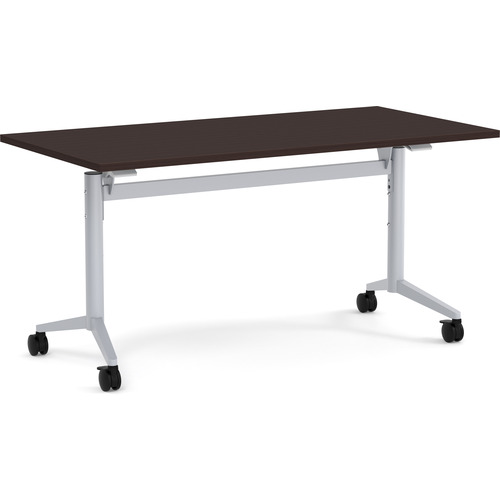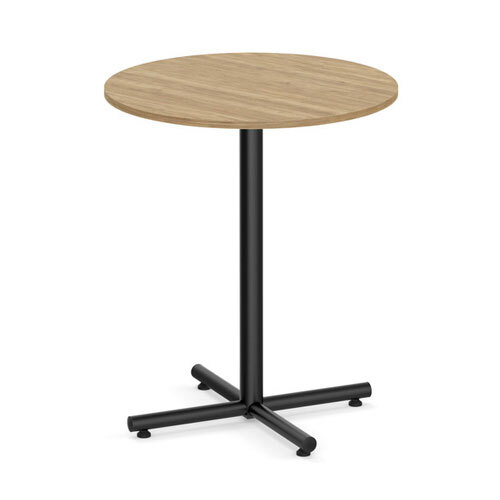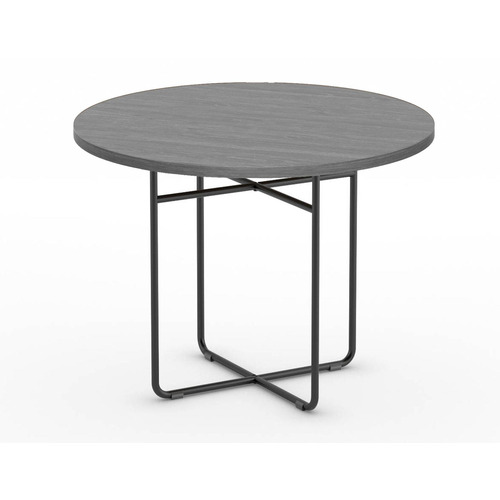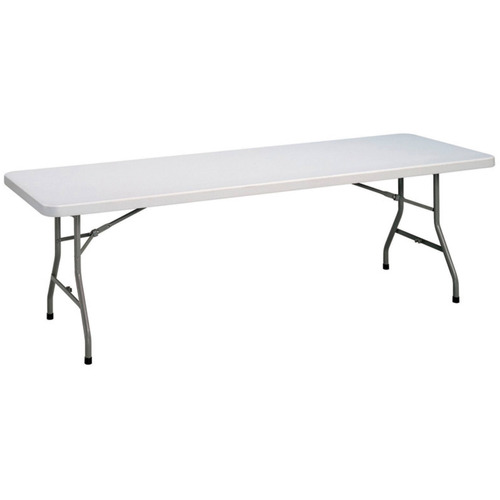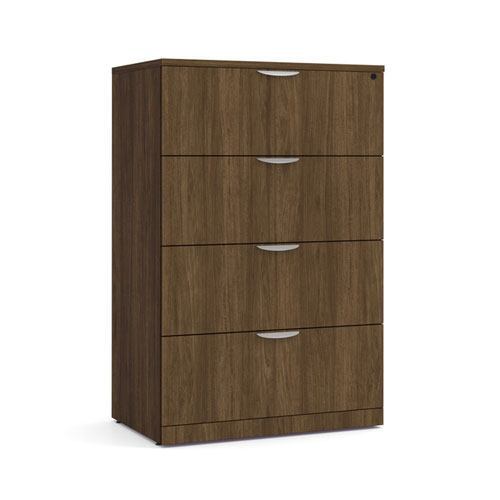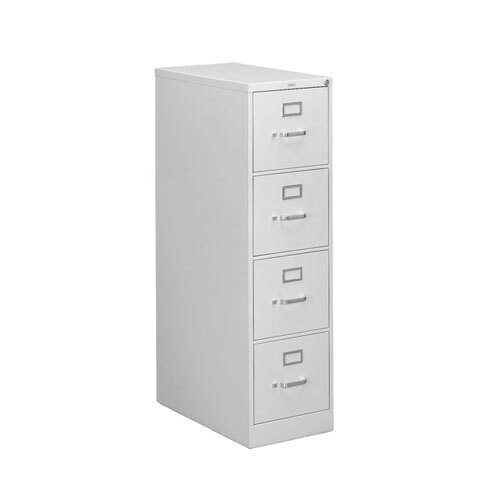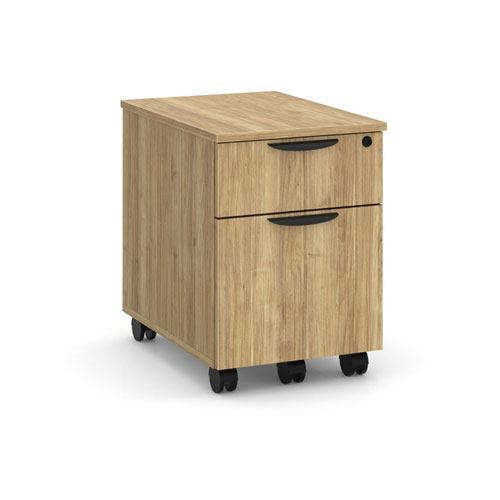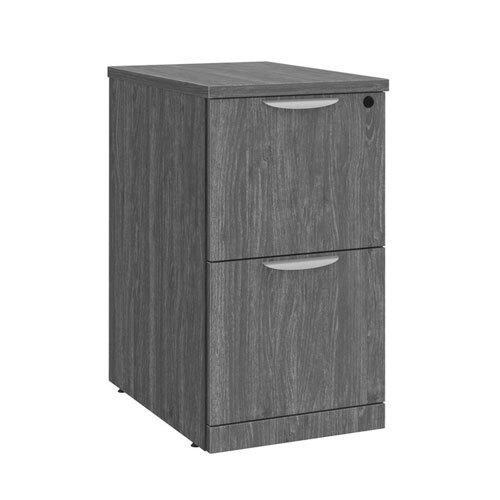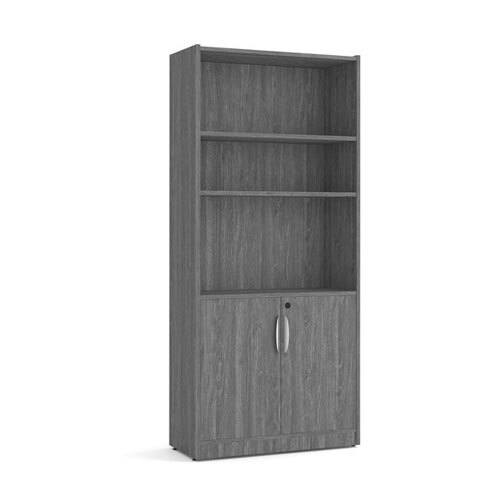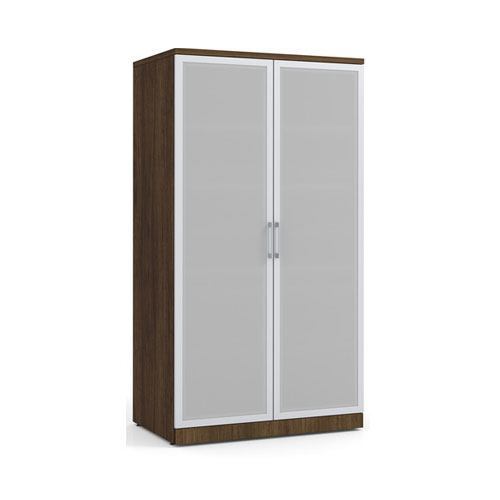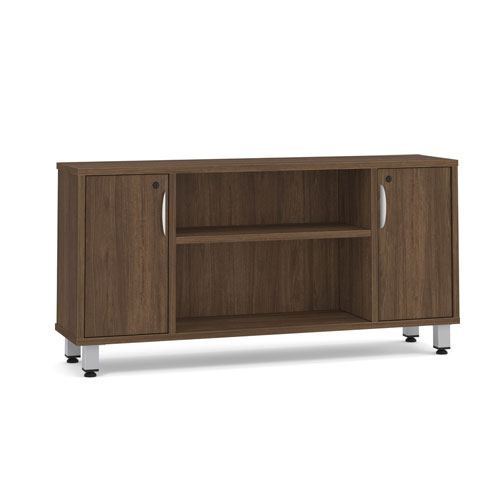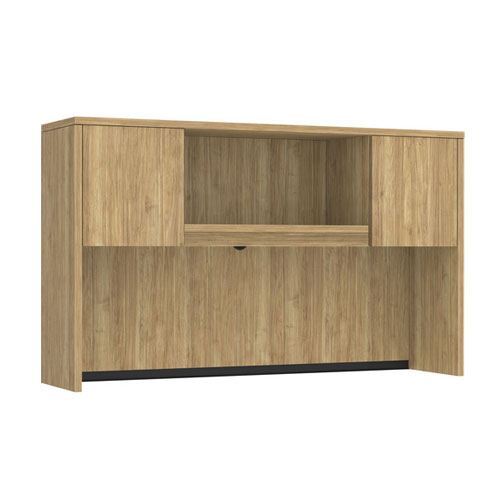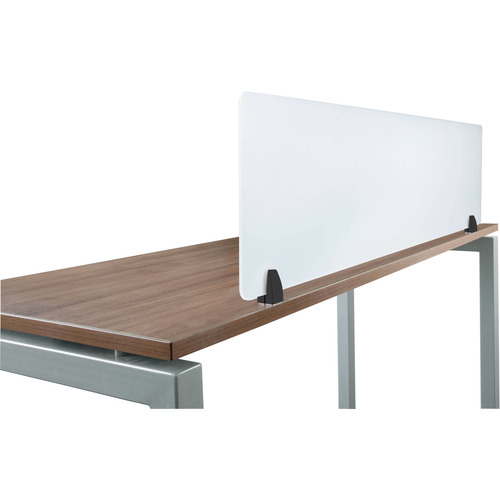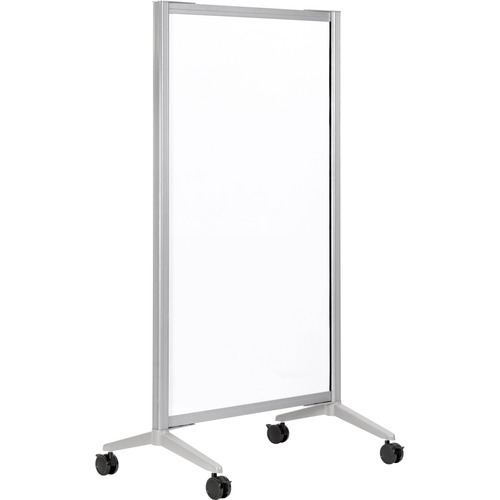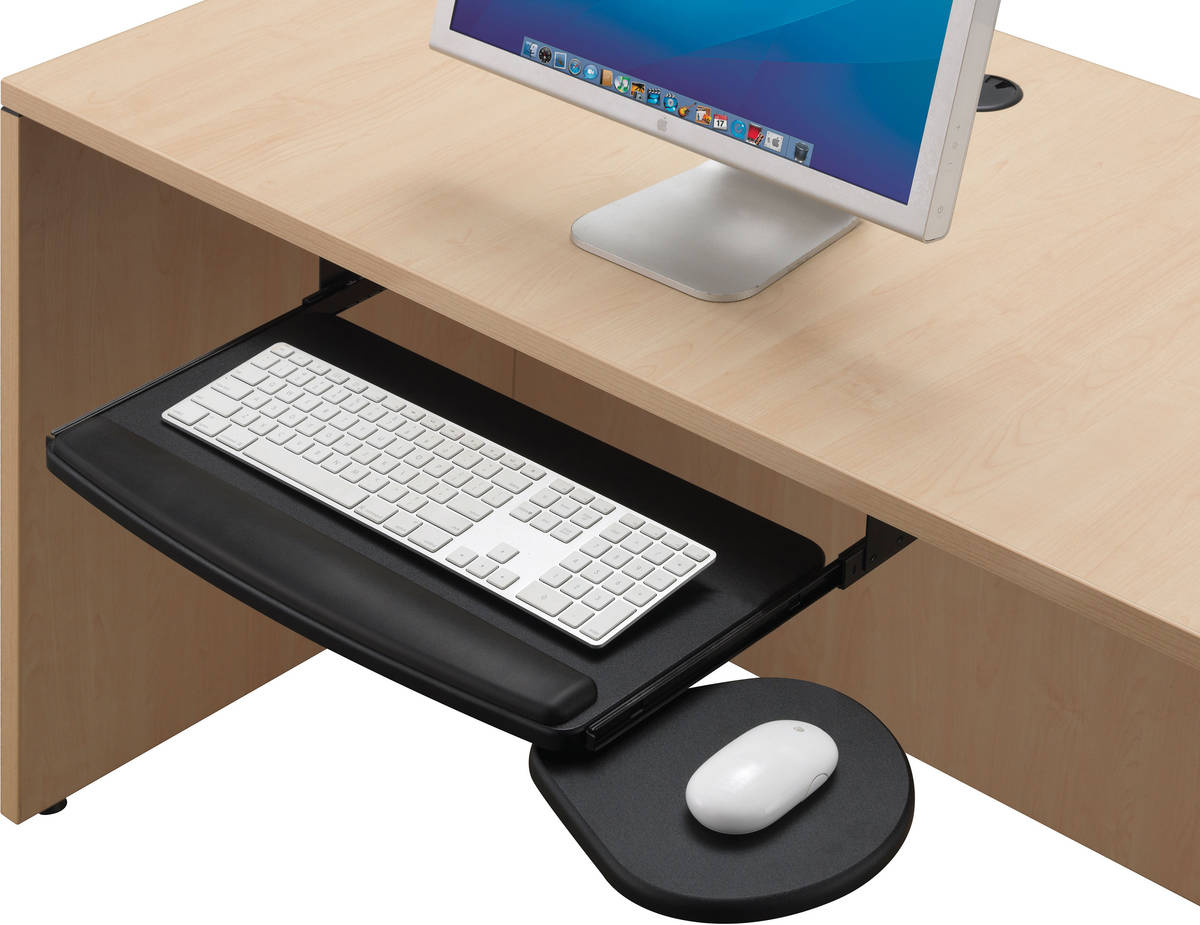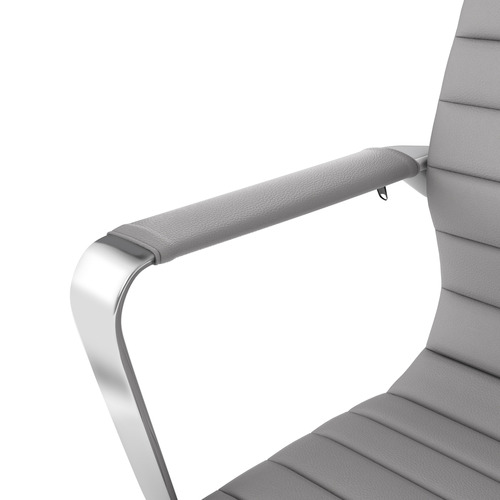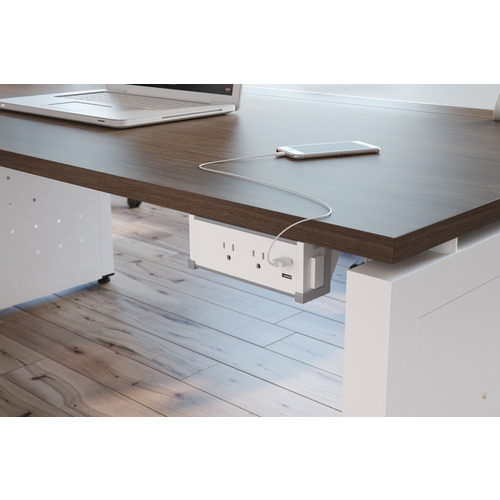Ergonomics in the workplace – and ergonomic chairs in particular – is a hot topic, and for good reason. The average office worker spends over 10 hours per day sitting in an office chair. If that sounds like a lot of time, it is. Not only does it cover a full 8-hour workday, but it also includes post-work activities such as watching TV and streaming shows.
While it’s generally a good idea to take breaks from sitting throughout the day, it’s important to find an ergonomic chair to help you keep proper posture when you do sit down.
What is Ergonomics?
The word “ergonomics” means “the study of people's efficiency in their working environment.” It’s a portmanteau derived from the Greek word ergon (work) and economics, which was already established as a field of study when the term ergonomics was coined in the 1950s.
Outside of the dictionary definition, ergonomics is simply helping people work in a way that is efficient and reduces strain on the body. By encouraging natural movements and better posture, ergonomic products reduce fatigue, cut down on body strain, and improve efficiency.
Although ergonomic chairs often come at a higher price point than non-ergonomic chairs, they save a company money in the long run.
Ergonomic chairs are specifically designed to help prevent musculoskeletal injuries, which are among the most common work-related injuries in Canada. Each year, absences and lost productivity related to musculoskeletal injuries cost workplaces hundreds of millions of dollars. And because musculoskeletal injuries creep in slowly, they don’t get noticed or reported until they’re severe, at which point treatment can be lengthy and more costly.
Providing an ergonomic working environment in the first place not only prevents this loss of productivity, but also lends to a happier and healthier workforce with less turnover.
What is an Ergonomic Chair
As noted above, an ergonomic chair is specifically created to help support the body of a person who is sitting at a desk, in order to reduce the incidence of musculoskeletal injuries. The design of the chair takes into consideration factors such as posture, comfort and support.
Because everyone has a different body type, there is no perfect chair that will fit you right off the shelf. Instead, ergonomic chairs have adjustments that allow better control and customization of the chair’s fit to your body.
Benefits of Ergonomic Chairs
Anyone who’s spent a prolonged period of time in a chair – any chair – will understand how uncomfortable it can be if it’s not a good fit. All the micro adjustments we put our bodies through in an uncomfortable chair could lead to lasting pain and injury.
On the other hand, an ergonomic chair not only protects us from potential injury, but it also has additional benefits.
Fix Posture
It’s easy to forget to sit up straight and instead work in a slouched position, especially when you’re focused on a task. Spending day after day in this position can strain supporting structures in the spine. An ergonomic chair with the right adjustments and supports can help you fix your posture while seated. For example, an adjustable lumbar support allows the back of your chair support the natural curve of your spine, taking tension and pressure off your lower back. Which leads us to…
Alleviate Back Pain
Sitting with good posture can prevent strain to shoulders, hips, torso and back, and using an ergonomic chair that will support good posture even when you’re not actively thinking about it will prevent back pain that comes from sitting for long periods at a time. Back pain that comes from old age, however, can’t be fixed by any chair, no matter how comfortable. Sorry.
General Comfort
An ergonomic chair has arm rests, back support, and a cushy seat that’ll get you through the workday. Contrast that with a chair that was designed more for aesthetics than function, and the choice becomes clear as to which chair you should get if you’re working at a desk (or kitchen table) all day.
Features of Ergonomic Chairs
Everyone’s body is different, so it’s important to find an ergonomic chair with adjustable features to customize the fit to your own body. When shopping for an ergonomic chair, look for these common features and adjustments:
Adjustable Seat Height
Adjustable seat heights allow you to modify the height of your chair relative to the floor and to the desk. Most ergonomic models recommend that your knees are at a 90 angle with the feet placed flat on the floor (or surface) and arms to be at an 80° to 100° angle relative to your working surface. A chair with an adjustable height allows you find the optimal angles for working.
Seat Width
Seat widths cannot be adjusted, so find one that is wide enough to accommodate you comfortably, preferably one with a moulded cushion that will support the curves of your bottom. Don’t fall prey to the temptation to find one that is too wide, or else you may end up leaning one way or the other for support, resulting in an unequal loading of pressure on the muscles and tissues. A seat that’s too wide also means the armrests will be too far apart, which will set your arms and shoulders at an uncomfortable angle.
Seat Depth
The right seat depth will support your thighs and take weight and pressure off the rest of your core. However, a seat that’s too deep will put pressure on the back of your knees, and a seat that’s not deep enough will not give you the proper support.
Check for proper seat depth by passing your clenched fist between the back of your calf and the front of your office chair while your bottom is pushed against the chair back. If you can’t do that easily, then the office chair is too deep. You will need to adjust the seat forward.
Seat Tilt
Many ergonomic chairs allow the seat to tilt, so the pelvis can be in a neutral position and the hips, knees, and ankles can be angled properly.
Backrest Support and Tilt
With a backrest that follows the natural curve of your spine and an adjustable lumbar support mechanism, an ergonomic chair can take pressure and stress off your back and pelvis to give you longer-lasting comfort.
Most ergonomic chairs also come with tension control over your back tilt, allowing you to set how much you can tilt forward or back. While you’d want to be able to stretch and lean back and otherwise shift your position throughout the day, you also need enough support against your back to keep good posture. The backrest tilt control will help you find the sweet spot between support and stability.
Wheels and the Ability to Swivel
An ergonomic chair’s wheels and ability to swivel both help users with manoeuvrability, making it easier to reach different points of their desks and office without having to strain themselves.
Note that not all wheels in all environments. If you’re working on a hard surface such as tile or hardwood, find an ergonomic chair with soft rubber wheels. If your workplace is carpeted, find a chair with harder wheels that can get through the piling.
The goal is to find appropriate wheels that will move smoothly across the surface without too much effort on your part.
Armrests
Armrests help reduce tension in the upper body and allow the shoulders to relax by guiding your arms to be in the optimal position.
However, if they are not adjusted properly to your body, they could actually cause strain, such as shoving your shoulders up (if they’re set too high) or set your arms in an unnatural position if they are set too far apart.
Ergonomic chairs will have armrests that can be adjustable both in terms of width and height so you can ensure they’re set to help, not hinder, your comfort throughout the day.
Headrest
As suggested in the name, a headrest on an ergonomic chair supports the back of the head and the upper neck, reducing tension in the shoulders and upper torso. While headrests aren’t meant to be used all the time, it provides additional comfort when performing tasks that are fairly simple and long-lasting where the head rarely moves, such as reading, taking a call or engaging in a virtual meeting.
Just like armrests, however, a headrest can cause more harm than good if it’s not properly configured. Find an ergonomic chair with an adjustable headrest to ensure that the positioning is perfect for your body.
Take Breaks
No matter how good your form is when sitting, or how adjustable your chair is, the fact remains that prolonged periods of sitting isn’t good for anyone. Even if you have a good ergonomic chair to work on (which we hope you do), be sure to take breaks throughout the day.
If you can, set a timer to go off every hour where you can rehydrate, water your plants or even do a quick stretch. There are many simple stretches you can do right in your chair, such as overhead reaches and trunk rotations. You can also use your desk as support for any stretches requiring balancing, such as quad stretches. And if you’re ambitious, you can even do chair squats to activate your leg muscles. (But maybe first ensure your chair won’t roll anywhere if you miss.)
These quick breaks won’t take a lot of time, but they’ll make huge difference, both in the long and short term.
 235 EC2 Series
235 EC2 Series
 AX Series
AX Series
 Comformatic Series
Comformatic Series
 CoolMesh Pro Plus Series
CoolMesh Pro Plus Series
 CoolMesh Pro Series
CoolMesh Pro Series
 CoolMesh Series
CoolMesh Series
 CoolMesh Value Series
CoolMesh Value Series
 Crescent Series
Crescent Series
 CXO Series
CXO Series
 Dionne Series
Dionne Series
 Entice Series
Entice Series
 Esprit Series
Esprit Series
 Focus Series
Focus Series
 Harmony Series
Harmony Series
 Ignition 2.0 Series
Ignition 2.0 Series
 Jazz Series
Jazz Series
 Loop Series
Loop Series
 Lovan Series
Lovan Series
 NEXT Series
NEXT Series
 Presider Series
Presider Series
 Propel Series
Propel Series
 Sense Series
Sense Series
 Solve Series
Solve Series
 Spice Tilter
Spice Tilter





